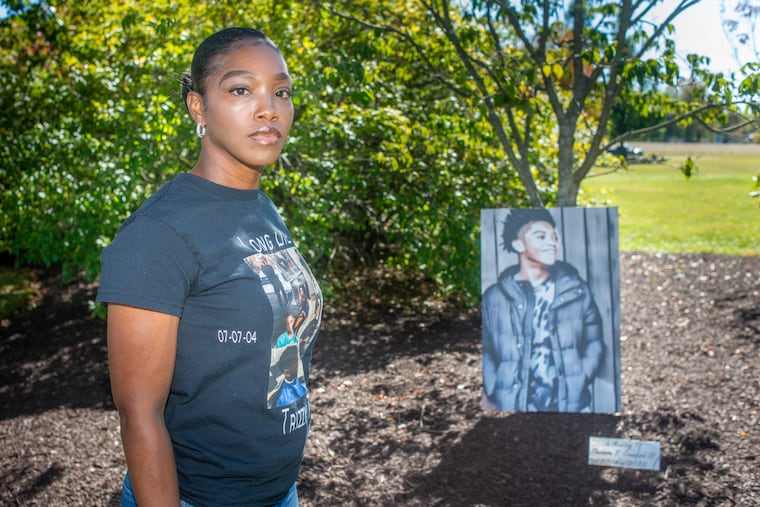Philly detectives achieve highest homicide resolution rate in 40 years amid declining violence and advancements in technology.
Philadelphia’s police force has reached a notable milestone in solving homicide cases, achieving a clearance rate of between 86% and 91% this year, the highest since 1984. This impressive statistic coincides with a significant decline in violence across the city, leading to a more favorable environment for investigations.
Historically, the city’s homicide clearance rates plummeted in previous years, averaging 50% or lower from 2015 to 2022. In 2021, the clearance rate fell to 41.8%, the lowest on record, attributed to an alarming spike in shootings. This stark reversal indicates not only a reduction in violent incidents but also an evolutionary improvement in investigative practices and technology utilized by law enforcement.
The drive to enhance clearance rates can be attributed to several factors. As the number of homicides decreases, detectives find themselves with far less casework than during the pandemic, when they were managing upwards of 10 to 15 cases at a time, significantly exceeding the recommended workload. Currently, the case assignments have halved, allowing for more in-depth investigations.
Furthermore, advancements in investigative technologies have equipped officers with powerful tools such as high-definition surveillance cameras and license plate readers. The daily operations of the police department have seen a transformation; the number of “real-time crime” cameras has surged from 3,625 in 2024 to 7,309 this year alone. This increase, combined with the availability of data from other sources like SEPTA and businesses, facilitates rapid information gathering and crime resolution.
Despite the encouraging statistics, challenges remain. Approximately 800 homicides from the previous violent surge lack any resulting arrests, leaving many families yearning for justice. One case that stands out is that of 15-year-old Simone-Monea Rogers, who was struck by a stray bullet in 2021. Investigators reportedly identified potential suspects but could not gather sufficient evidence to proceed with charges.
While the current progress in homicide resolution marks a significant achievement, concerns linger about those cases still open, particularly the unsolved murders that continue to haunt families in Philadelphia. Police leadership acknowledges these long-standing cases and emphasizes a commitment to revisit them as resources improve.
The Philadelphia Police Department, intent on striking a balance between justice and community relations, is in the midst of a transition that includes enhancing operational capabilities and addressing historical mistrust. The future of crime-solving in the city will depend not only on solving past cases but also on sustaining this new momentum in public safety and community cooperation.
As technological capabilities expand and morale within the police force improves, Philadelphia is poised for a more effective approach to tackling violence and fostering a safer urban environment. With ongoing investment in resources and a commitment to justice, the city may see continued decreases in crime and an increase in community-policeman relations moving forward.
Information provided by Media News Source.







